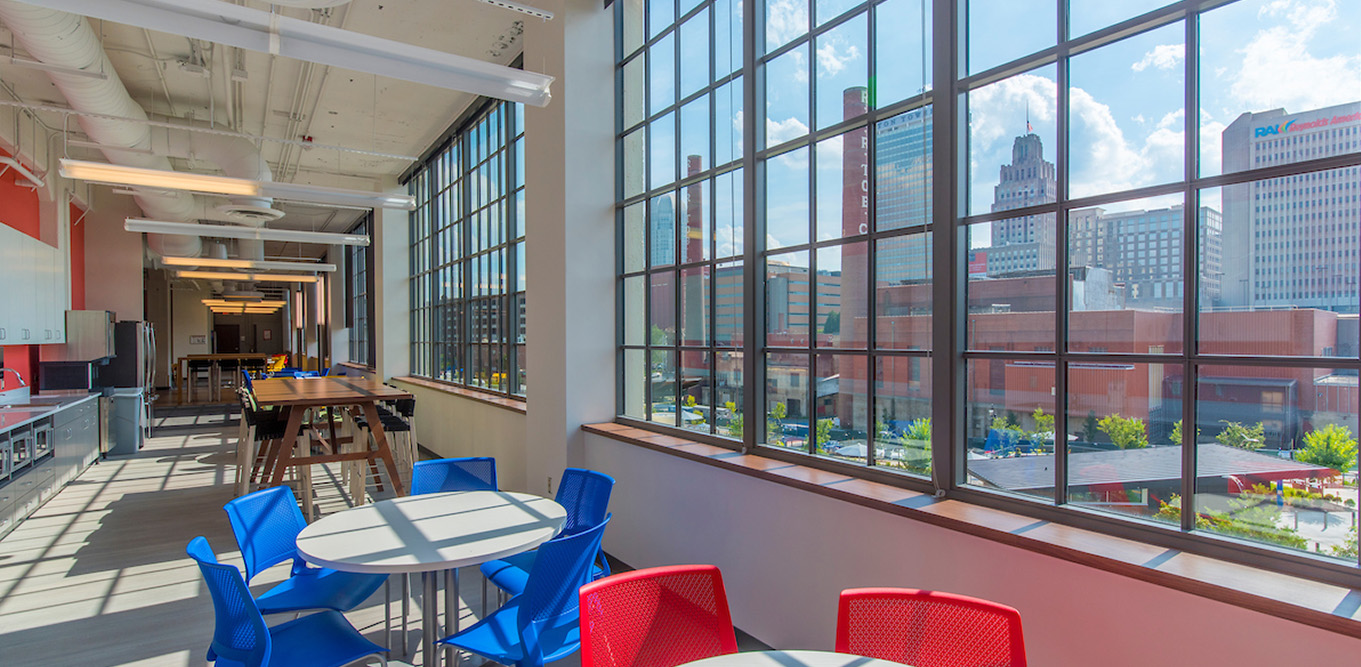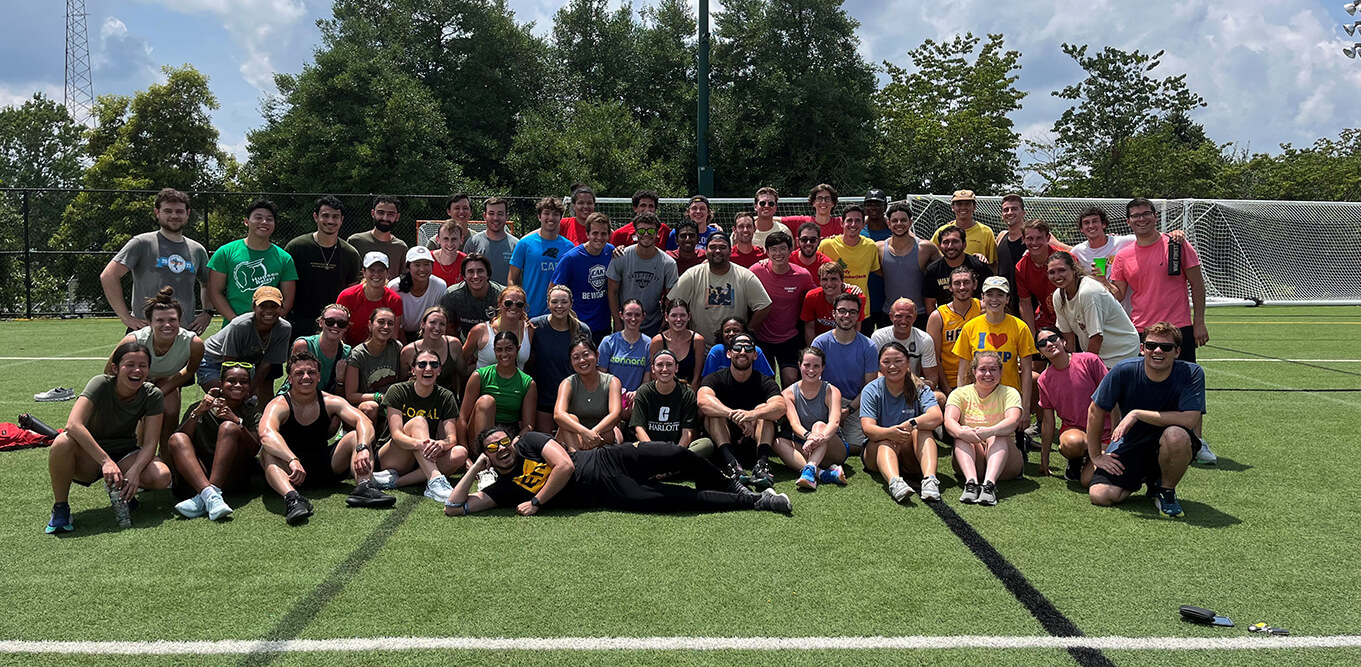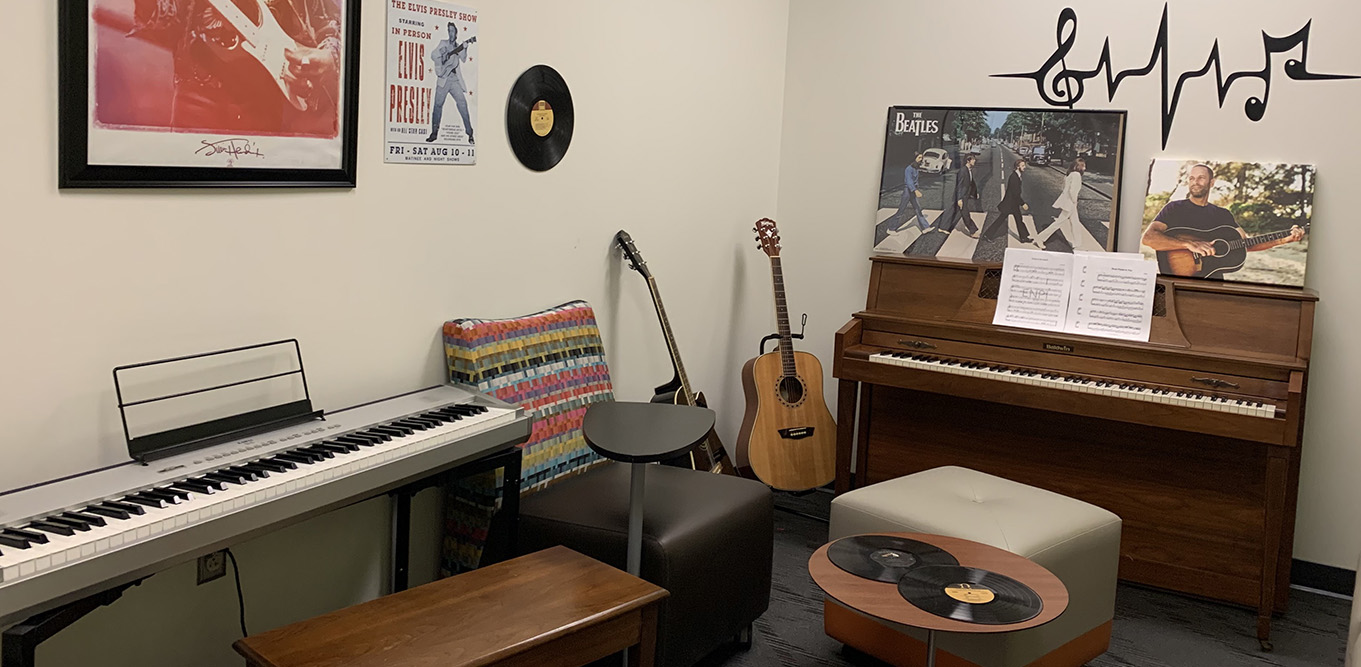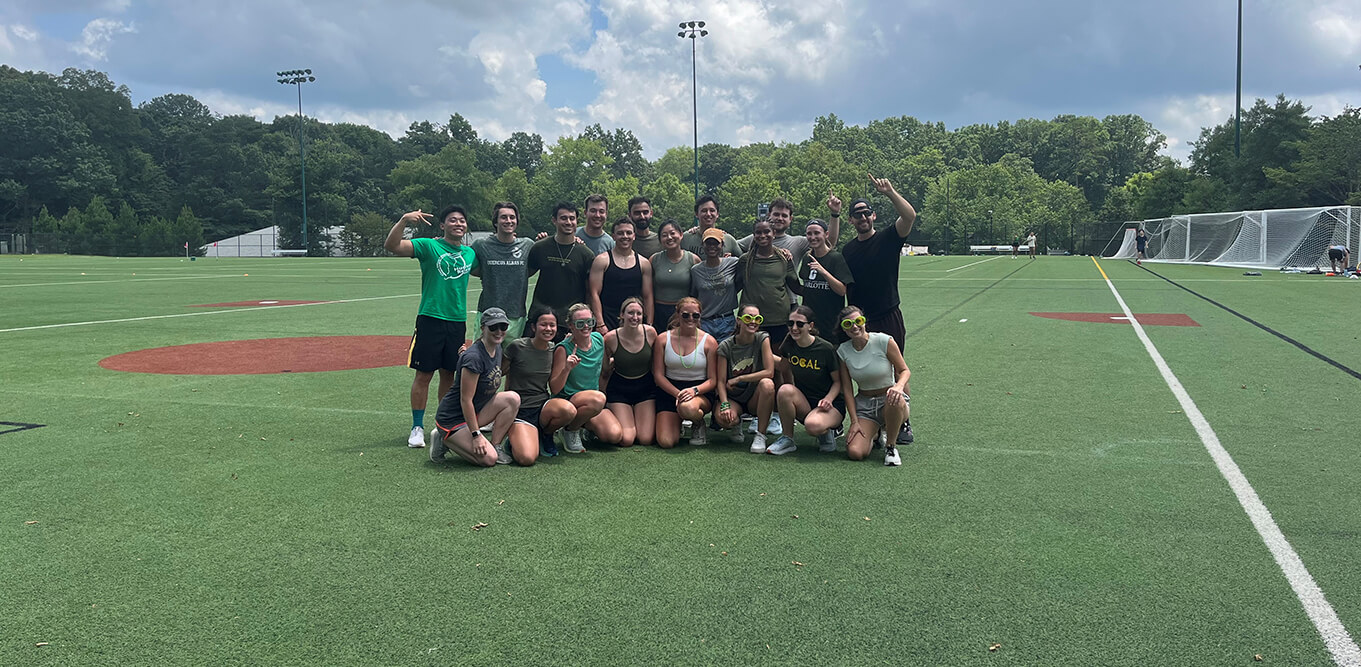Wake Forest University School of Medicine’s learning communities, also known as Houses, provide medical students with longitudinal support, mentoring and extracurricular activities that help aid in success.
These four Houses – which are comprised of the Blue, Green, Red and Yellow Houses – offer students a chance to have designated physical spaces where they can study, relax and foster professional development. The interior of these spaces are decked out in the residing Houses’ color; their student ID badges are also designated by color. Students remain with their Houses throughout the four years of medical school.

|
“In medical education, these learning communities and Houses play a crucial role in supporting students and fostering a sense of community. Houses promote collaboration, camaraderie, academic support among students and friendly competition.” - Dhruv Patel, second-year medical student and president of the Yellow House. |
Each House is assigned 10 faculty mentors, one personal and professional development coach, one advanced career advisor and one academic advisor for its respective students. These mentors provide a continuous resource of support, opportunities for career exploration/guidance and pathways to academic success for students during their medical school journey. Medical students are randomly selected and sorted into the various Houses at the start of their first year of medical school; although staff does take into account where each student obtained their undergraduate degrees to hopefully provide students with opportunities to meet new classmates.





















